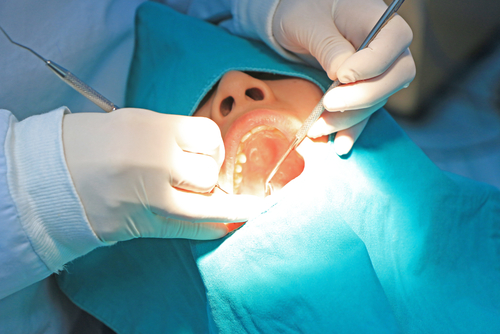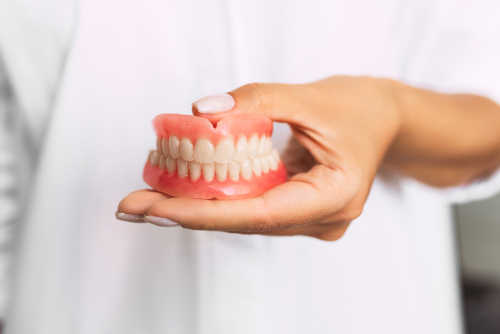Periodontal disease is a serious condition affecting the gums and tooth support systems. If unattended, it may result in tooth loss and other health issues. Fortunately, periodontal therapy can control the condition and enhance general oral health.
Periodontal disease: what is it?
Gum or periodontal disease is an infection of the tissues that support and surround the teeth. It results from accumulating plaque and tartar on the teeth, which causes gum inflammation and infection. Gingivitis and periodontitis are the two main types of periodontal disease.

Periodontal disease’s early stage, gingivitis, can be treated with good oral hygiene. Gums that are red, swollen, and bleeding are signs of gingivitis. Gingivitis can develop into periodontitis if untreated.
A more severe form of periodontal disease called periodontitis can result in tooth loss and other health issues. Periodontitis can result in gum recession, tooth sensitivity, and teeth loss in addition to the signs and symptoms of gingivitis.
Advantages of Periodontal Therapy
Treatment for periodontal disease effectively controls the condition and stops further harm to the gums and tooth roots. The following are some advantages of periodontal therapy:
1. Better oral health: Periodontal therapy can help your gums and the surrounding tissues, lowering your risk of tooth loss and other oral health issues.
2. Lower risk of systemic illness: Research has linked periodontal disease to systemic illnesses like diabetes, heart disease, and stroke. People can lower their risk of developing these health issues by controlling periodontal disease.
3. Better overall health: A person’s overall health and well-being depend on having good oral health. Individuals can enhance their overall health and quality of life by controlling periodontal disease.
Options for Treating Periodontitis
Depending on how severe the condition is, there are different options for treating periodontal disease. Early-stage periodontal disease is typically treated non-surgically; more severe cases may necessitate surgical intervention. Some typical periodontal treatment options include the following:
1. Scaling and root planing: This non-surgical procedure involves eradicating tartar and plaque from the gums and teeth. Scaling and root planing can stop further harm to the gums and tooth-supporting structures while also managing early-stage periodontal disease.
2. Antibiotics: In order to control the infection and inflammation brought on by periodontal disease, antibiotics may be prescribed.
3. Laser therapy: Using laser technology, this minimally invasive procedure removes bacteria and infected tissue from the gums. Laser therapy can effectively treat periodontal disease while requiring little discomfort or downtime.
4. Surgery: Surgical procedures may be required for more severe cases of periodontal disease. Some common surgical options for treating periodontal disease include bone grafting, pocket reduction surgery, and gum grafting.
Keeping Periodontal Disease at Bay
Maintaining good oral health requires preventing periodontal disease. Here are some recommendations for guarding against periodontal disease:
1. Maintain good oral hygiene: Using mouthwash, daily flossing, and twice-daily brushing can help stop plaque and tartar buildup on teeth and gums.
2. Attend routine dental exams: Regular dental exams can aid in the early detection and management of a periodontal disease.
3. Keep a healthy lifestyle: A balanced diet, abstinence from tobacco, and stress management can all promote good oral health and general well-being.
In conclusion, periodontal therapy is crucial for preserving good oral health and averting more severe health issues. Periodontal treatment can successfully manage periodontal disease and enhance oral health through non-surgical treatments or surgical options. A healthy lifestyle and good oral hygiene practices can also help people avoid developing periodontal disease in the first place. Schedule a dental examination with your dentist to go over your treatment options if you’re showing signs of periodontal disease or are worried about your oral health.




